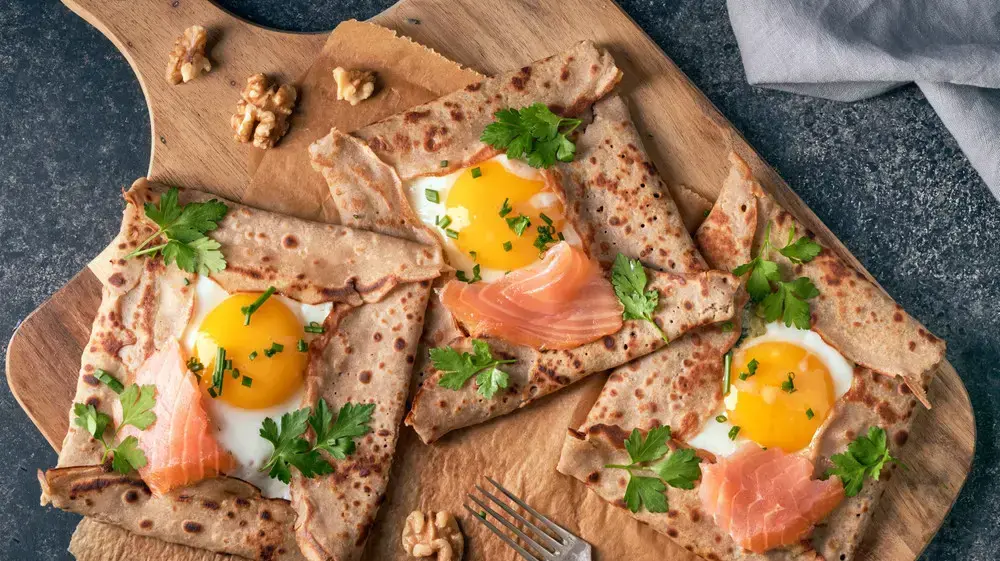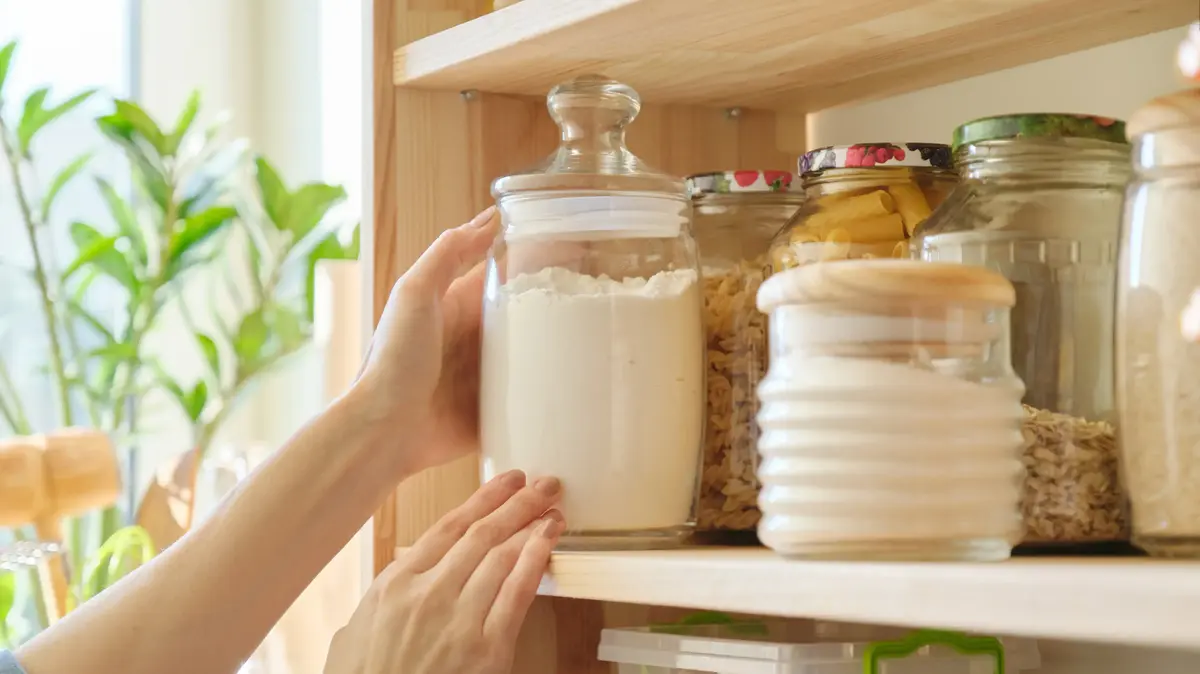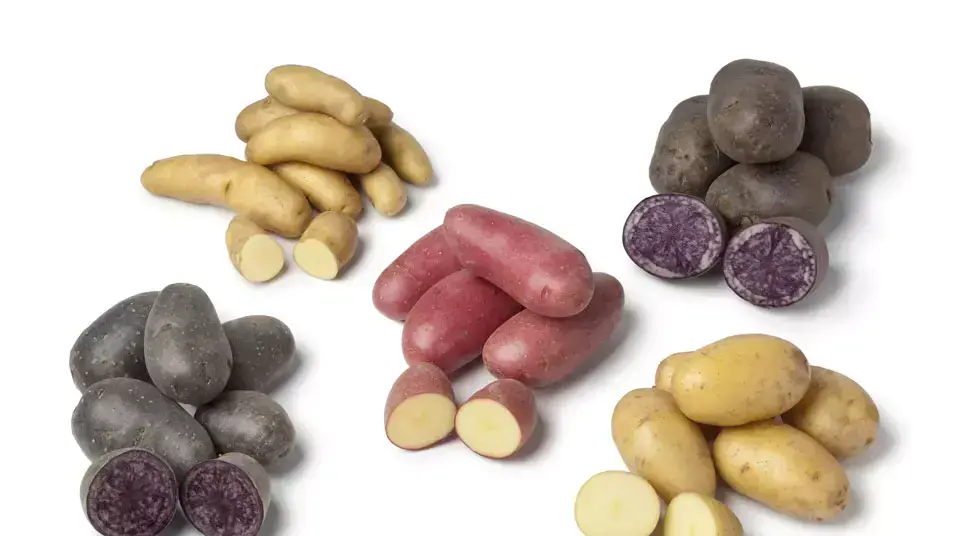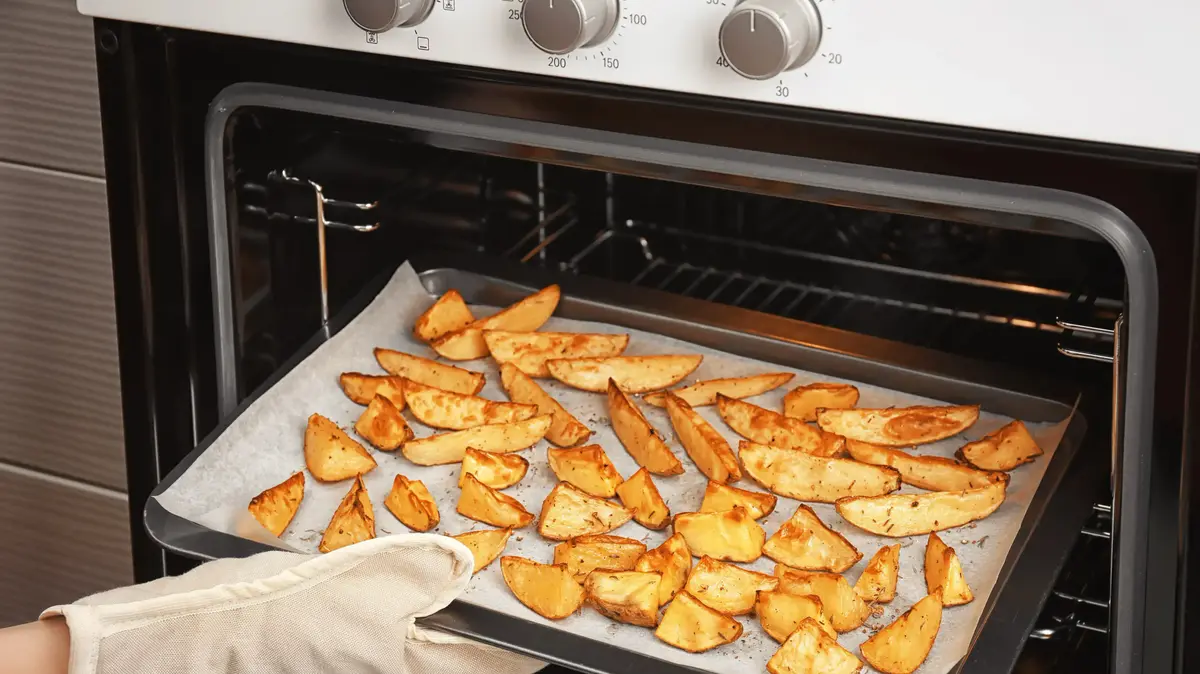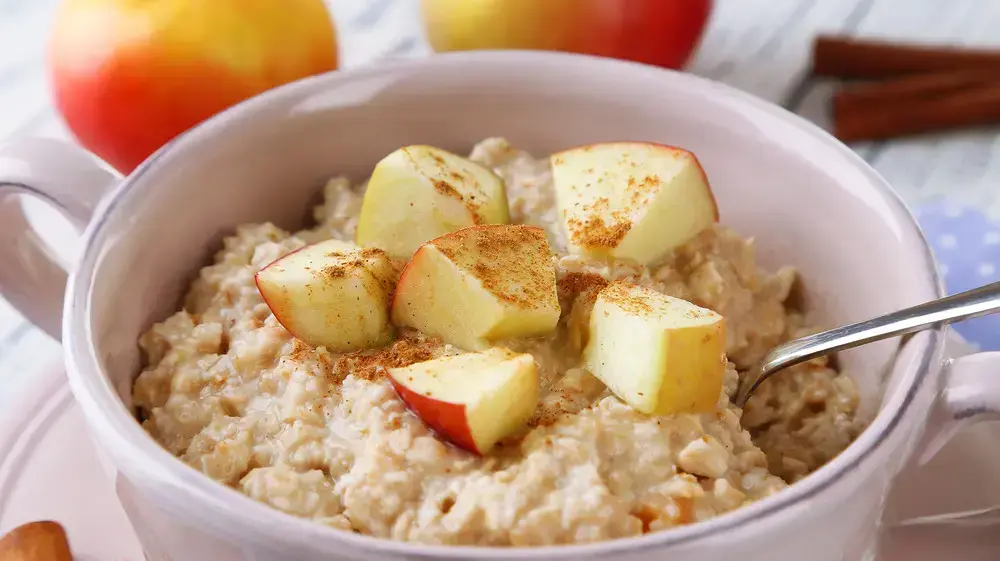health
Nutrition and diet
Preventive nutrition
Sounds bad, but so good: all the reasons to eat buckwheat
We do not know how buckwheat has become a health trend, but we are totally in favor.
So which is healthier - brown buckwheat or green buckwheat, what are the healthiest ways to eat buckwheat and what will you gain from this supplement?
The complete guide
Tags
Buckwheat
Dietary fiber
Vitamins
healthy nutrition
Gil Avidor-Aloni
Thursday, 29 July 2021, 07:14 Updated: 08:46
Share on Facebook
Share on WhatsApp
Share on general
Share on general
Share on Twitter
Share on Email
0 comments
Buckwheat crepe, buckwheat bread, buckwheat granola - it seems that the health trend is not going anywhere.
On the contrary, we are seeing more and more creative uses for this wonder component.
So what's the story of the buckwheat?
What are its health benefits?
And how do you eat it?
All the answers here.
More on Walla!
Why you should eat tofu (and how to make it delicious)
To the full article
Although most of us consider it one of the cereal family - it is not.
The buckwheat grains we eat are actually the seeds of a plant from the cranberry family, and botanically it is not a grain at all.
Admit it looks good.
Buckwheat crepe with egg and salmon (Photo: ShutterStock)
Buckwheat has many health benefits.
It has a low glycemic value compared to other grains, is rich in antioxidants, quality protein and dietary fiber, is a source of minerals such as zinc, iron, selenium and magnesium and B vitamins. In addition, consumption of buckwheat has been found to help lower cholesterol and balance sugar levels.
Is buckwheat like spelled?
If you have ever been confused between buckwheat and spelled - you are not alone.
Although the names and uses are similar, they are two completely different 'animals'.
Spelled is an ancient grain, a relative of wheat, and therefore, one of the essential differences between the two is that unlike spelled, buckwheat does not contain gluten and is safe to use for those who are sensitive to gluten and celiacs.
View this post on Instagram
A post shared by Gil Avidor-Aloni (@eatsgil)
Roasted or not roasted?
There are two types of buckwheat on the shelves: brown buckwheat (roasted) and green buckwheat (without roasting).
More on Walla!
Not just quinoa: 5 whole grains without gluten
Soy, Almond or Oatmeal: How to Choose a Milk Substitute?
How to avoid unsuccessful or recurrent hair transplantation?
Roasted buckwheat is especially suitable for cooking as a side dish similar to rice, and has a stronger flavor and aroma.
Green buckwheat has a more delicate taste, and because it is not roasted, it is even more nutritious, since in the processing process some of its nutritional values are damaged.
We see green buckwheat starring mostly in recipes like bread, crepes and tortillas.
See Warning - Attempting to prepare these dishes with roasted buckwheat may end in failure.
So what do you do with buckwheat?
There are countless ways to incorporate this wonderful dish into your daily menu.
Cooking
- In order to cook roasted buckwheat, add one cup of buckwheat and two cups of water to the pot (it is recommended to rinse the buckwheat under a colander before cooking), bring to a boil, lower the heat and cook when the pot is covered for 15 to 20 minutes.
You can lightly fry the buckwheat in olive oil before adding the water to improve the texture and separation of the grains.
When the buckwheat is ready you can eat it as a hot addition to a meal, to add to stews, or as a cold addition to salads.
You can also cook green buckwheat in the same way.
View this post on Instagram
A post shared by Gil Avidor-Aloni (@eatsgil)
Bread, crepes and tortillas
- There are countless recipes for breads, crepes and pickled tortillas throughout the chain.
The recipes usually require soaking the buckwheat for several hours and grinding it in a combination of water afterwards for the batter.
The result - satisfying, gluten-free pastries with a particularly rich texture and flavor.
To make a buckwheat tortilla, soak two cups of green buckwheat in water overnight or for several hours.
In the morning, strain the buckwheat, and place in a food processor along with 2 cups of water and a pinch of salt.
Grind the buckwheat and water until a uniform batter is obtained (the batter should have a tahini texture).
Spread the batter evenly and circularly on a non-stick pan, or on a pan lightly greased with olive oil, after 2 minutes, or when the tortilla can be easily turned, turn, cook for another 2 minutes, transfer to a plate, fill with all the goodness and roll.
You can freeze the tortillas and heat on a pan when needed.
View this post on Instagram
A post shared by Gil Avidor-Aloni (@eatsgil)
Buckwheat flour
-
Buckwheat
flour is a wonderful and nutritious substitute for those who avoid gluten or for those who are looking for a little variety in the kitchen. You can make it yourself by grinding green buckwheat to a powdery texture in a food processor or purchase it ready-made. It is important to know that in most cases buckwheat flour cannot be used as a substitute for all uses of wheat flour, so it is advisable to look for recipes designed for the use of buckwheat flour.
Buckwheat noodles (soba)
- Traditional Japanese noodles made from buckwheat. Cook them in water, just like pasta, and they can be added cold to salads or hot to stir-fries or soups.
Buckwheat pasta
- much more of a substitute for those looking for gluten-free pasta. Buckwheat pasta will contain a higher amount of fiber and protein than most classic pastas, making it a more nutritious alternative.
Buckwheat crisps
- Love the classic white rice crackers?
Know - buckwheat crisps contain a higher amount of fiber and protein and therefore will give a feeling of satiety for a longer time.
Gil Avidor-Aloni is a food blogger (@eatsgil) and consultant in changing eating habits, holds a bachelor's degree in psychology from Tel Aviv University and is a HealthCoach certified by the New York Institute for Integrative Nutrition.
Share on Facebook
Share on WhatsApp
Share on general
Share on general
Share on Twitter
Share on Email
0 comments

